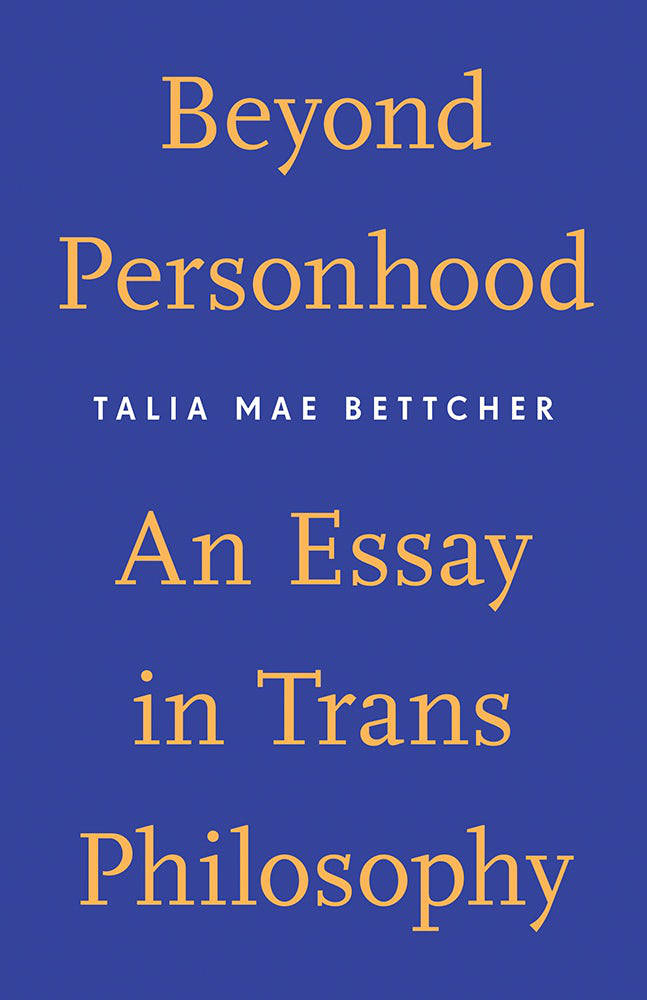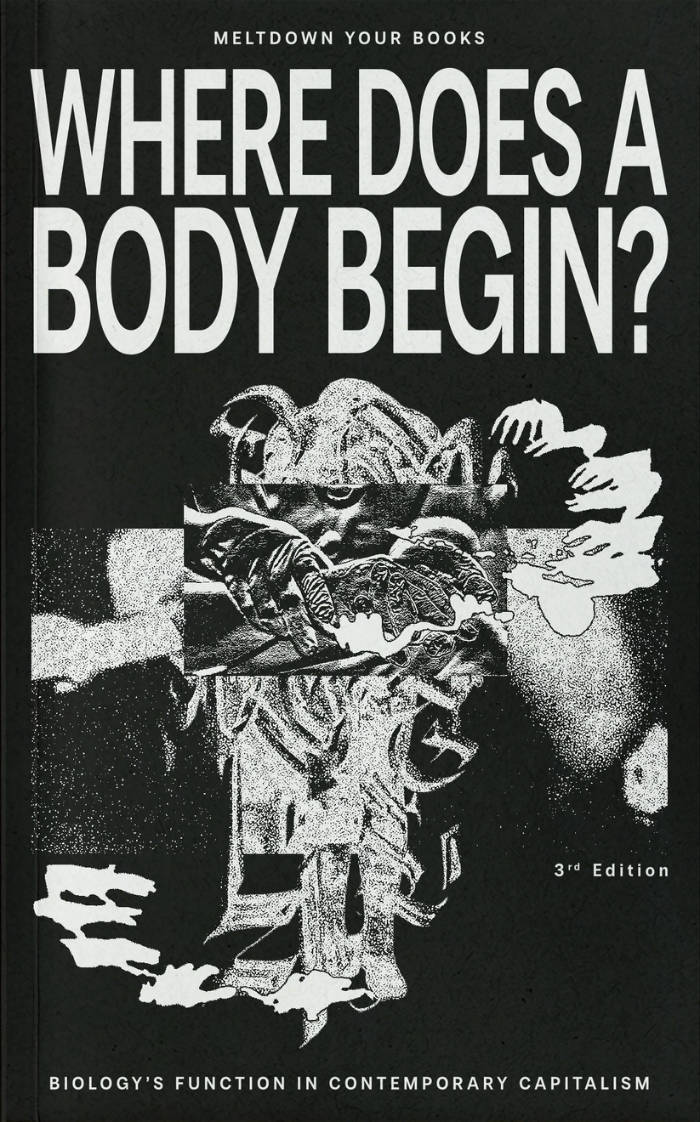
Resurgent Nahda – Arab Exhibitions in 1930s Jerusalem
Nadi Abusaada ed.
The cultural and political legacies of the the 1933 and 1934 Arab Exhibitions in Jerusalem.
Resurgent Nahda examines the 1933 and 1934 Arab Exhibitions in Mandate Jerusalem, highlighting the city's role in asserting a regional Arab Nahda and fostering economic, cultural, and artistic exchange amid post-WWI geopolitical fragmentation.
The book emerges from Nadi Abusaada's seven years of research, including an award-winning 2019 essay in the Jerusalem Quarterly and two exhibitions he curated at the Khalil Sakakini Cultural Center in Ramallah (2022–2023) and Darat al-Funun in Amman (2024). Featuring six essays, an interview, and primary materials—archival documents, crafts, and artworks—the book explores Jerusalem's connections with Baghdad, Cairo, Damascus, and Beirut, tracing the journeys of artists, craftspeople, architects, and journalists who shaped this pivotal chapter in modern Arab history.
Nadi Abusaada is a Visiting Assistant Professor at the American University of Beirut. His work focuses on the material histories and visual cultures of the modern Arab world. He holds a PhD in architecture from the University of Cambridge. He has also held various academic fellowships including the ETH Zürich Postdoctoral Fellowship at ETH Zürich and the Aga Khan Postdoctoral Fellowship in Islamic Architecture at MIT. Besides his writings, Nadi Abusaada has also been involved in research-based curatorial work. He has curated and participated in a number of exhibitions around the world including in Ramallah, Amman, Zurich, Venice, Dubai, and Montreal.
Edited by Nadi Abusaada.
Texts by Nadi Abusaada, Nisa Ari, Wesam Al Asali, Samira Badran, Nadine Nour el Din, Kirsten Scheid, Sary Zananiri.




